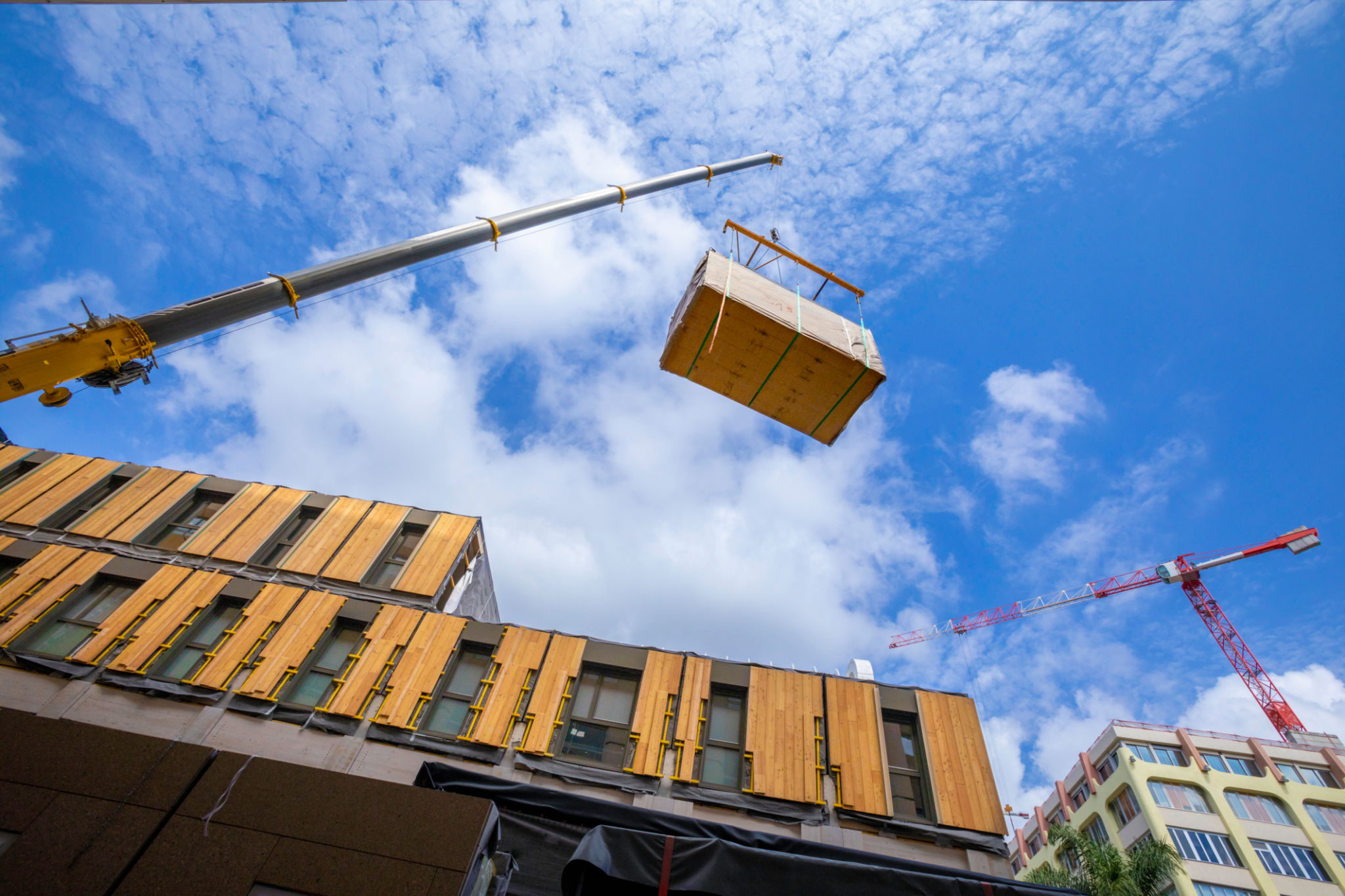Comparing Modern Construction Techniques: Which is Right for You?
Understanding Modern Construction Techniques
In the ever-evolving world of construction, modern techniques have become crucial in meeting the demands for efficiency, sustainability, and innovation. Understanding these techniques can help you make informed decisions whether you’re planning a residential project or a commercial development. The key is to determine which method aligns best with your goals and resources.

Traditional vs. Modern Construction Methods
Traditional construction techniques often involve on-site processes where materials are delivered and assembled piece by piece. While this method provides flexibility in design and modification, it can be time-consuming and subject to weather-related delays. In contrast, modern construction techniques, such as prefabrication and modular building, offer a more streamlined approach.
Prefabrication involves manufacturing building components off-site and then transporting them to the construction location for assembly. This method enhances quality control, reduces waste, and often results in shorter project timelines.
Advantages of Modular Construction
Modular construction is gaining popularity due to its efficiency and sustainability. This approach involves creating sections of a building in a factory setting before transporting them to the site for assembly. One key advantage is the significant reduction in construction time, as much of the work can occur concurrently with site preparation.

Moreover, modular construction often results in higher-quality builds, as factory conditions allow for better precision and consistency. This method is also environmentally friendly since it reduces material waste and energy consumption during the construction process.
Sustainable Building Practices
Modern construction techniques increasingly focus on sustainability. With the growing emphasis on eco-friendly practices, techniques such as green building and the use of renewable materials are becoming standard. These approaches not only minimize the environmental impact but also reduce long-term energy costs for building occupants.
For instance, incorporating solar panels, efficient insulation, and water-saving fixtures can significantly enhance a building's sustainability profile. Choosing sustainable materials like bamboo or recycled steel contributes to reducing the carbon footprint of a project.

Choosing the Right Technique for Your Project
When deciding on a construction technique, several factors must be considered. Budget, timeline, project scope, and environmental impact are key considerations that will influence your decision. While some projects may benefit from the speed of modular construction, others might require the flexibility of traditional methods.
It’s also essential to consult with experienced professionals who can provide insights into which method suits your specific requirements. By carefully weighing these factors, you can ensure that your construction project is both efficient and aligned with your goals.
The Future of Construction
The future of construction is undoubtedly heading toward more advanced technologies and techniques that emphasize innovation and sustainability. As digital tools like Building Information Modeling (BIM) and 3D printing continue to evolve, they promise to further revolutionize how we build.
As you explore your options for modern construction techniques, staying informed about industry trends will position you to make strategic decisions that benefit both your project and the environment. The right choice will not only meet immediate needs but also contribute to a better-built future.
